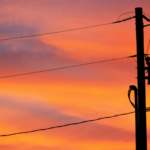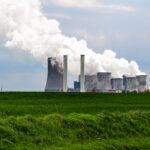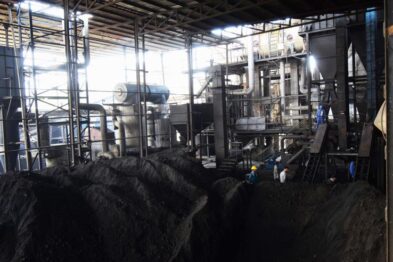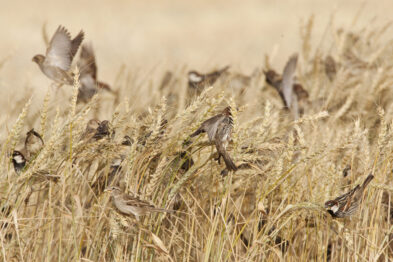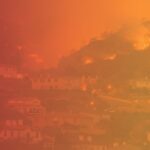By Simmone Shah
Wildfires are reversing decades of clean air standards in Canada and the U.S., according to new data published Thursday.
Researchers at the University of Chicago released their annual Air Quality Life Index (AQLI), which tracks air pollution and how it impacts life expectancies. This year’s report analyzed data collected in 2023.
That year, as Canada faced its worst wildfire season in history, burning over 40 million acres of land, the flames caused air pollution concentrations to rise to levels not seen since 2011 in the United States and since 1998 in Canada, the years AQLI began recording air quality data. Both Canada and the U.S. had made great strides in lowering air pollution in the past—but the wildfires reversed that progress. The two countries saw the highest increases in air pollution worldwide in 2023—despite both having strict air quality rules at the time. The fires elevated pollution levels in pockets of the U.S., and also changed the geographical distribution of pollution in the U.S. The most polluted counties in the U.S. are typically concentrated in California, but that year, wildfires caused counties in several other states including Wisconsin, Illinois, and Indiana, and as far south as Mississippi, to be included among the most polluted.
Around the world, 2023 saw concentrations of PM2.5—small particles 2.5 micrometers or less in diameter that are released in the air by fires and other sources of pollution—increased by 1.5% compared to 2022 levels, AQLI data shows—reaching nearly five times the World Health Organization (WHO) guidelines. Long term exposures to PM2.5 can increase the risk of health impacts including heart disease, lung cancer, and stroke.
The findings are a stark warning of what could be a new reality for tackling air quality. This year’s fire season has been the second worst on record, with a total of 18.5 million acres burned since the beginning of 2025. Climate change is causing an increase in the frequency and intensity of wildfires, with the largest increases occurring in the Western U.S. and the boreal forests of northern North America and Russia, according to a NASA study.




